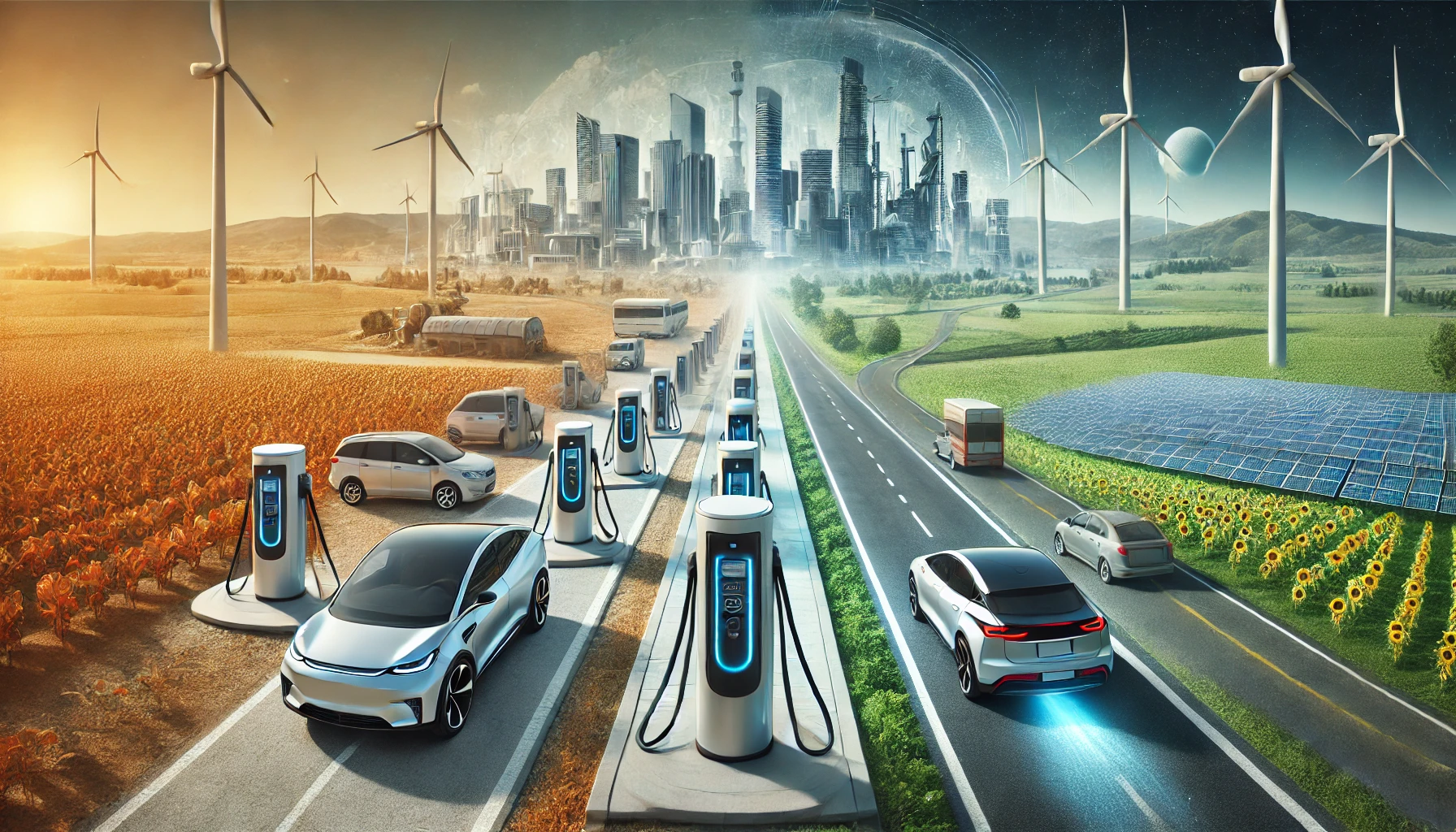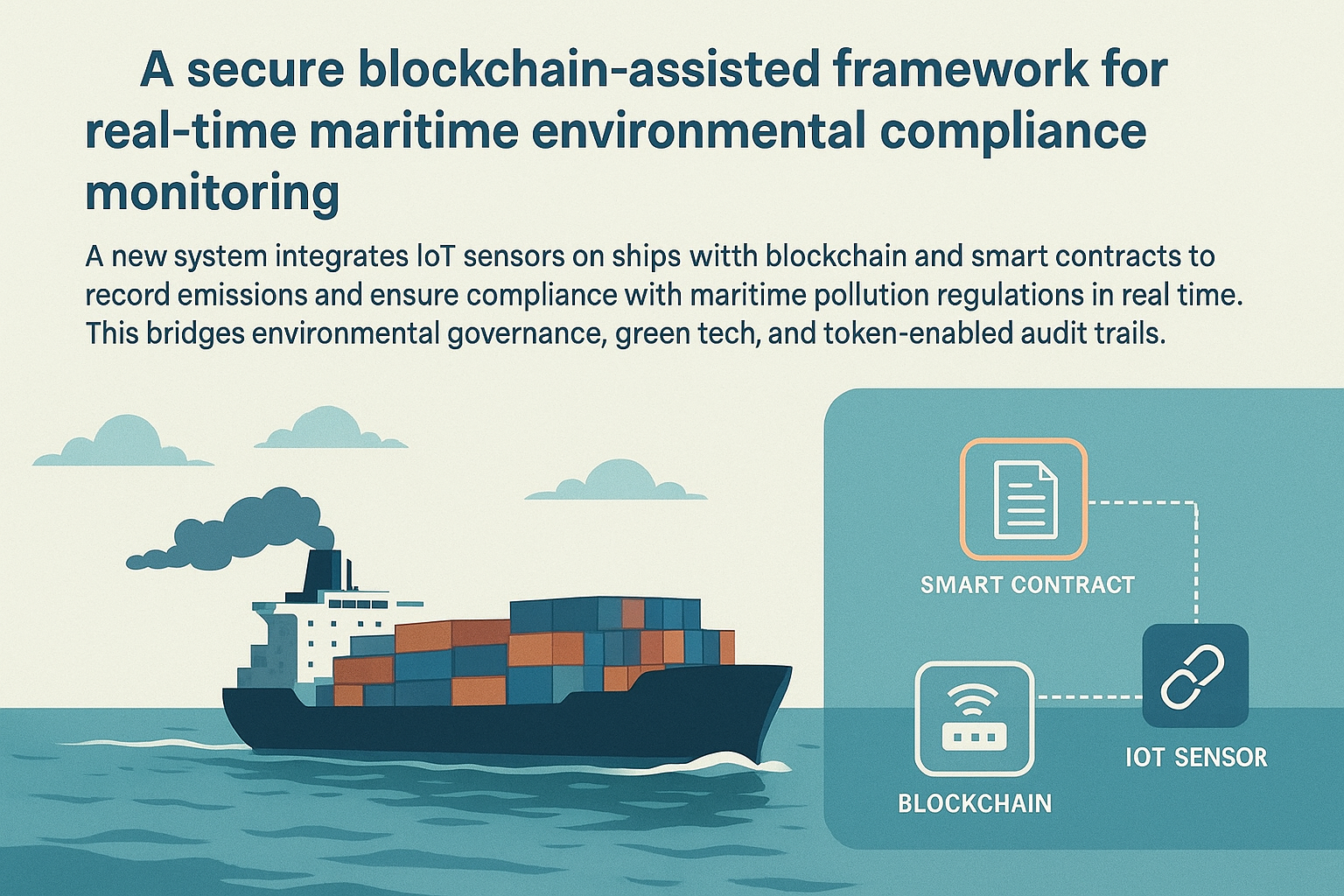As the world shifts towards a cleaner, more sustainable future, electric vehicles (EVs) are becoming central to this transition. However, the widespread adoption of EVs depends heavily on the infrastructure supporting them, especially charging networks. Recognizing this, governments in the U.S. and Europe are making substantial investments to develop robust EV charging infrastructure, positioning themselves as leaders in the global clean energy race.
U.S. and Europe’s Billion-Dollar Commitments
Both the U.S. and European nations have pledged billions of dollars to build and expand EV infrastructure, aiming to accelerate the adoption of electric vehicles. The rationale behind these investments is simple: without a reliable and widespread charging network, consumers will be reluctant to transition away from conventional internal combustion engine vehicles. Governments understand that to make EVs a feasible option for the masses, the charging experience must be convenient, fast, and accessible.
United States: A Vision for Nationwide Charging
The U.S. government has recognized that building an extensive EV charging network is crucial to achieving its climate goals. As part of its strategy, the Biden administration has announced significant funding aimed at installing hundreds of thousands of EV chargers across the country. One of the most ambitious initiatives, the Bipartisan Infrastructure Law, earmarks $7.5 billion for EV infrastructure, with the goal of creating a nationwide network of 500,000 charging stations by 2030.
This investment is not just about adding more chargers—it’s about ensuring that EV owners have access to reliable, fast-charging options in urban, suburban, and rural areas. The focus is on high-traffic highways, public spaces, and underserved regions to make long-distance travel feasible and eliminate range anxiety.
Europe: Leading the Charge
Meanwhile, Europe has long been a pioneer in EV adoption and is now doubling down on its EV infrastructure efforts. The European Union has committed more than €20 billion in funding to develop a comprehensive charging network across member states. Countries such as Germany, France, and the Netherlands are taking a proactive stance by installing fast-charging stations along major roads and in city centers.
In addition, the European Green Deal aims to reduce carbon emissions by at least 55% by 2030, and promoting EV adoption is a critical element of this plan. European governments are not only investing in charging stations but also working on improving grid infrastructure to accommodate the growing demand for electricity.
The Role of Public-Private Partnerships
Public-private partnerships are playing a crucial role in accelerating the development of EV charging networks. In both the U.S. and Europe, governments are working with private companies to build, maintain, and operate charging stations. Major automakers and energy companies have teamed up to create high-speed charging networks, such as Ionity in Europe and Electrify America in the U.S., ensuring that charging solutions are scalable and sustainable.
Addressing Challenges and Opportunities
While the investments in EV infrastructure are promising, there are still challenges to overcome. One of the primary concerns is the disparity in charging availability between urban and rural areas. While cities are seeing rapid growth in charging stations, rural regions are often left behind. Both U.S. and European governments are addressing this gap by incentivizing charging station installations in less populated areas.
Another challenge is ensuring the grid can handle the increased demand for electricity as EV adoption grows. Governments are exploring smart grid technologies and renewable energy integration to mitigate these risks.
Despite these challenges, the opportunities are immense. The development of EV infrastructure not only supports the transition to clean energy but also creates new jobs, spurs economic growth, and fosters innovation in the automotive and energy sectors.
A Greener Future in Motion
The billions being invested by the U.S. and European governments represent a critical step toward a future where electric vehicles dominate the roads. By prioritizing EV infrastructure, these governments are ensuring that the shift to sustainable transportation is not just a possibility, but an imminent reality. The investments will help reduce greenhouse gas emissions, improve air quality, and create a more resilient and forward-thinking transportation system.
As more EVs hit the road, supported by a robust network of chargers, the future of mobility will become cleaner, greener, and more accessible to all.




